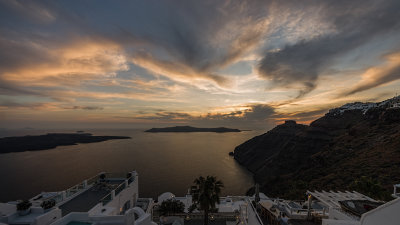Hi, I'm a learning photographer and I just decided I need to get an ultrawide lens, I mostly do landscape/architectural shots, panoramas and stills, maybe try a little bit of street and night too.
However I'm torn between my choices.
Tokina 12-28mm AT-X Pro VS Canon 10-18mm.(or a Canon 10-22mm?)
Can you share some experience, comparison, pro's and con's, advantage, disadvantages. What I'm gaining or losing. I'm not worried about the price (I found cheap ones).
Thank you guys!
[SIDENOTE] I've read reviews and everything but found no comparison, A friend of mine suggested reading Ken Rockwell, but I found this guy to be a "brown noser" (no offense).
However I'm torn between my choices.
Tokina 12-28mm AT-X Pro VS Canon 10-18mm.
Can you share some experience, comparison, pro's and con's, advantage, disadvantages. What I'm gaining or losing. I'm not worried about the price (I found cheap ones).
Thank you guys!




